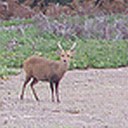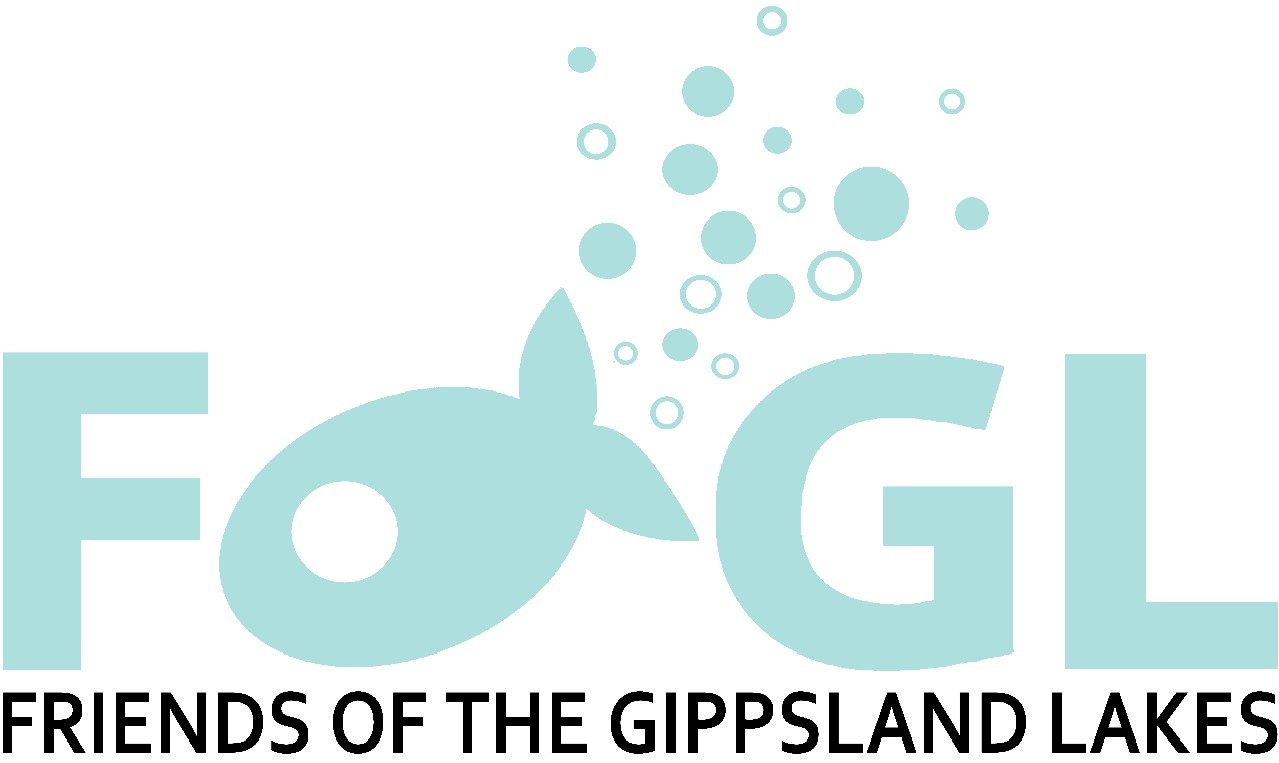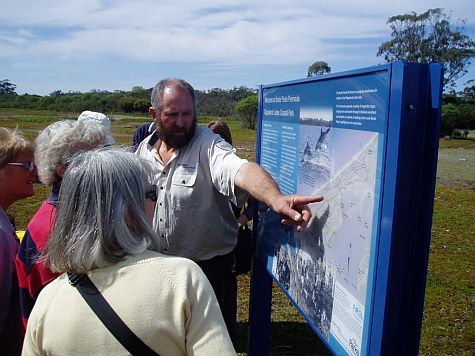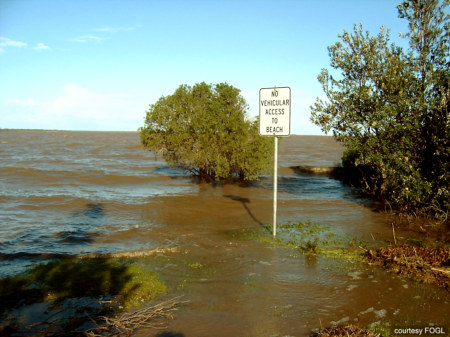Hog Deer Management Strategy
 Hog deer are of interest to FOGL as these introduced animals enjoy protected wildlife status and graze freely doing inestimable damage within public Parks & Reserves around the Gippsland Lakes. Their management is inefficient and is not consistent with existing DSE standards.
Hog deer are of interest to FOGL as these introduced animals enjoy protected wildlife status and graze freely doing inestimable damage within public Parks & Reserves around the Gippsland Lakes. Their management is inefficient and is not consistent with existing DSE standards.
DSE has released a draft Hog Deer Management Strategy, as part of the Victorian Government’s Enhancing Game Management Initiative. When adopted the strategy will direct management of hog deer on private and public land for the following five years.
The approved terms of reference provide for the development of a management strategy for hog deer that:
- ensures a viable population throughout its current range and that its presence is managed according to land tenure objectives
- provides for sustainable, quality Hog Deer hunting opportunities on areas where the activity is consistent with land reservation status
- considers improvements and efficiencies to current management practices for Hog Deer hunting throughout the current range
- improves opportunities on private land, in order to strengthen relations between landowners and hunters, encourage improved access to hunting, and educate and encourage landowners to provide quality habitat for Hog Deer.
 The Strategy passes major responsibility for management plans to hunters and private landowners, DSE and Parks Victoria.
The Strategy passes major responsibility for management plans to hunters and private landowners, DSE and Parks Victoria.
The draft strategy was open for public submissions until 17 December 2008.
FOGL’s submission to the draft strategy can be read >>here.
David Ellard
President
Constant scraping of antlers that tears away the tree’s bark means these plants don’t get a chance to grow.




